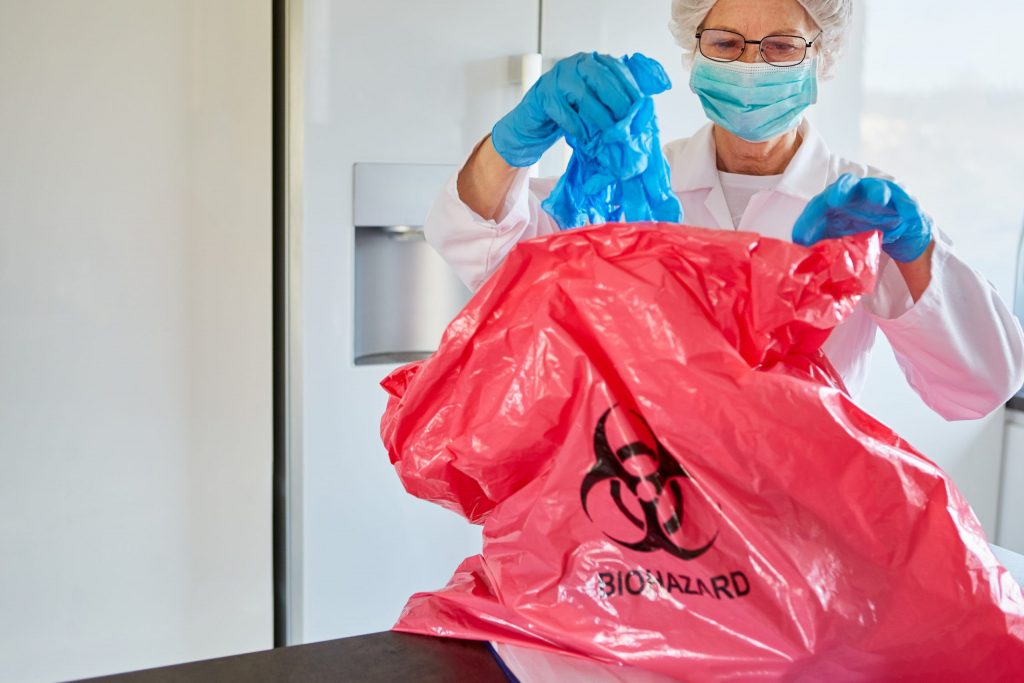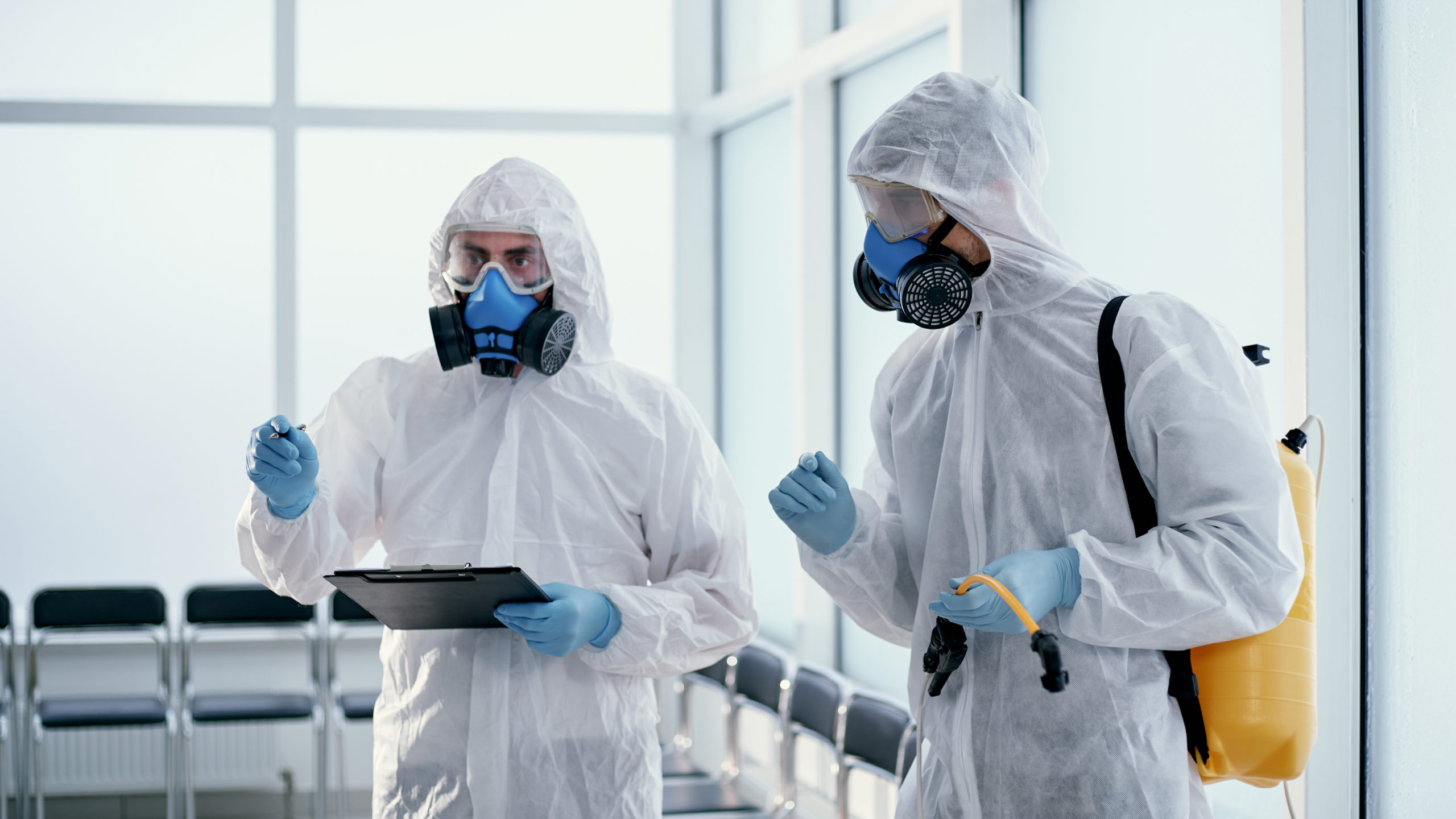Sewage Cleanup Providers: Quick and Safe Remediation of Contaminated Locations
Expert Biohazard Cleansing and Purification for Blood, Bodily Fluids, and Hazardous Materials
In the realm of biohazard cleaning and purification for blood, physical fluids, and harmful products, precision and proficiency are extremely important. The possible health and wellness dangers connected with exposure to biohazards underscore the important requirement for meticulous handling and complete cleaning. Specialized training outfits specialists with the understanding and skills needed to address these harmful situations effectively. Nonetheless, it is not merely concerning tidying up; the significance of using proper purification techniques can not be overemphasized. As we navigate the elaborate landscape of biohazard cleaning, understanding the subtleties of laws, compliance, and the specific devices at play ends up being necessary in guaranteeing a extensive and secure purification process.
Wellness Threats of Biohazard Exposure
Exposure to biohazards postures considerable health threats that can lead to severe effects for people and areas alike. Biohazards incorporate a vast array of organic substances, consisting of blood, bodily fluids, mold and mildew, germs, viruses, and various other possibly contagious products. When people enter into contact with these biohazards, whether through crashes, improper handling, or ecological direct exposure, they deal with the danger of having significant diseases or diseases.
One of the key wellness dangers related to biohazard exposure is the transmission of contagious conditions. Bloodborne microorganisms such as HIV, liver disease B and C, and various bacteria can be present in biohazardous materials, posing a straight danger to human wellness. Breathing in airborne biohazards like mold and mildew spores or entering into call with infected surface areas can also cause breathing problems, allergic reactions, and other negative health effects.
In addition, biohazard exposure can have long-lasting wellness implications, with some conditions materializing years after the preliminary get in touch with (Blood Cleanup). As a result, it is essential to focus on appropriate biohazard cleansing and decontamination to minimize these wellness risks and ensure the security of communities and people

Specialized Training for Biohazard Cleanup
When it pertains to dealing with biohazard cleanup successfully and securely, specialized training plays an essential duty in making sure proper purification treatments are adhered to. Biohazard clean-up calls for details expertise and skills to properly reduce threats associated with bloodborne pathogens, physical liquids, and unsafe materials. Professionals educated in biohazard cleaning go through extensive guideline on how to securely handle, remove, and deal with biohazardous materials to avoid contamination and direct exposure.
Specialized training for biohazard clean-up covers a series of vital subjects, including appropriate personal safety devices (PPE) use, bloodborne pathogen awareness, decontamination methods, and contaminated materials disposal methods. People trained in biohazard clean-up are equipped with the needed knowledge to assess contamination levels, determine potential dangers, and carry out proper clean-up treatments in conformity with regulatory requirements.
Continual training and education are vital in the field of biohazard cleanup to remain upgraded on the most current purification innovations, security procedures, and regulations. By investing in specialized training, biohazard cleanup professionals can effectively react to emergency cleaning circumstances and secure both public health and the setting.
Significance of Correct Decontamination Methods
Making use of correct decontamination methods is critical in biohazard cleaning to successfully remove hazardous materials and decrease health and wellness dangers. Efficient decontamination not only guarantees the elimination of noticeable traces of blood, bodily fluids, and various other biohazards yet likewise targets undetectable pathogens that might pose severe health and wellness hazards if not appropriately eliminated. By adhering to strict decontamination procedures, trained specialists can significantly minimize the risk of direct exposure to unsafe bacteria, infections, and microorganisms that could cause illness or infections.
Correct decontamination techniques entail using specialized tools and anti-bacterials that are specifically designed to reduce the effects of biohazards properly. Detailed cleansing and sanitation of polluted locations are necessary to prevent the spread of microorganisms and guarantee a secure setting for residents. Furthermore, the correct disposal of biohazardous waste complying with decontamination procedures is essential in preventing contamination of other surfaces or individuals.

Devices and Devices for Safe Clean-up
The correct devices and devices play a vital role in guaranteeing the effective and secure cleaning of biohazardous materials. When managing blood, physical liquids, or unsafe products, biohazard cleaning specialists count on specialized gear to reduce exposure threats and extensively sanitize the damaged location. Personal protective tools (PPE) such as gloves, masks, coveralls, and goggles are important to safeguard versus direct call with potentially infectious products. Additionally, biohazard cleansing kits consisting of disinfectants, absorbent products, and biohazard bags are utilized to securely have and dispose of polluted items. Blood Cleanup.
Advanced cleaning devices like hospital-grade disinfectants, HEPA-filtered vacuums, and fogging devices are used to disinfect surface areas and remove biohazards successfully. Specialized tools such as sharps containers and biohazard garbage disposal containers are used to safely manage sharp objects and biohazardous waste materials. By making use of the right devices and devices, biohazard cleaning experts can make certain a thorough clean-up process that focuses on safety and lessens wellness dangers for both employees and residents of the afflicted space.
Laws and Conformity in Biohazard Cleansing
Proper adherence to guidelines and conformity criteria is critical in biohazard cleaning to make certain the safety and security of both personnel and the atmosphere. Government firms such as OSHA (Occupational Safety And Security and Wellness Administration) and the EPA (Epa) have developed certain guidelines for mold remediation biohazard cleaning treatments to lessen wellness dangers and ecological contamination. These policies cover a variety of aspects consisting of the handling, transport, and disposal of biohazardous products, along with the essential training and safety equipment required for workers associated with the clean-up procedure.
Biohazard cleansing companies should stay current with these guidelines to assure that their procedures satisfy the called for safety and security standards. Failing to comply with these regulations can cause severe repercussions, consisting of fines, lawful action, and endangering the wellness of people and the setting. By complying with stringent laws and conformity procedures, biohazard cleaning firms can successfully mitigate dangers and ensure a detailed and risk-free clean-up procedure for all events involved.
Verdict
To conclude, biohazard cleansing and decontamination require customized training, proper methods, and adherence to policies. Exposure to blood, physical fluids, and dangerous materials postures substantial health dangers, making it important to make use of the right equipment and devices for risk-free clean-up. By following stringent procedures and guidelines, specialists can properly mitigate the risks associated with biohazard direct exposure and make sure the safety of both themselves and others.
As we navigate the detailed landscape of biohazard cleanup, understanding the subtleties of laws, compliance, and the specialized devices at play comes to be vital in ensuring a complete and risk-free decontamination process. (Blood Cleanup)
When it comes to taking care of biohazard cleanup effectively and safely, specialized training plays a fundamental role in making sure proper decontamination procedures are complied with.Using proper purification strategies is essential in biohazard cleanup to efficiently lessen and remove dangerous materials health threats. Furthermore, biohazard cleaning sets containing disinfectants, absorbent products, and biohazard bags are made use of to securely contain and dispose of infected items.
Federal government firms such as OSHA (Occupational Safety and Health And Wellness Administration) and the EPA (Environmental Protection Firm) have developed details guidelines for biohazard cleaning procedures to reduce wellness threats and environmental contamination.